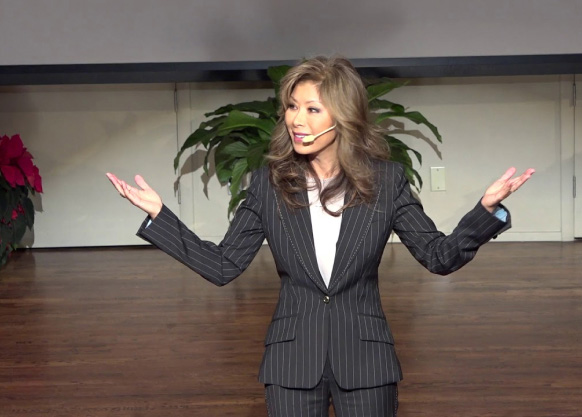Stop Human Trafficking
Together We Can End Child Sex Trafficking
The truth about child sex trafficking
It’s Worse Than You Think
Child sex trafficking isn’t just a third-world problem. Trafficking occurs closer to home than you think, affecting people of all ages, genders, races, and backgrounds. The United States is the number one consumer of sex worldwide, driving demand as a society.

MIllion
"Do not be afraid, for those who are with us are more than those who are with them."
2 KINGS 6:16
Resources for Families
Education for Parents
Free downloadable resources that will help you talk to your children about the issues without fear or loss of innocence.
Education for Teens
Written specifically for teens, explore legit facts about what’s really happening online that could put them at risk.
Manna's Podcast
Unapologetically for the Children. Join our fascinating conversations with guests from around the world.
Resources for Communities
How to Involve Your Organization in the Fight Against Child Sex Trafficking
Educate your community on what child sex trafficking is and how to recognize the signs of exploitation of another person.
Support for Communities: Top 5 Myths About Child Sex Trafficking
Many widely accepted and popularized myths about sex trafficking, particularly child sex trafficking, circulate in the media.
Know the Signs of Potential Sex Trafficking Situation
91% of childhood sexual abuse victims report knowing their abusers! Educate your community on child sex trafficking warning signs.
offerings
Become Part of the Change

Workshops

Guest Speaking

Books
Free download
Internet Safety Guide For Parents
Trafficking faq
Get Up to Speed On Trafficking
Human trafficking can happen to anyone, but some people are more vulnerable than others. Significant risk factors include recent migration or relocation, substance use, mental health concerns, involvement with the child welfare system and being a runaway or homeless youth.
Age is a primary factor of vulnerability as well. Pre-teen or adolescent girls are more susceptible to the calculated advances, deception, and manipulation tactics used by traffickers – no youth is exempt from falling prey to these tactics.
Traffickers target locations youths frequent such as social media sites, schools, malls, parks, bus stops, shelters, and group homes. As noted above, runaway or homeless youths, as well as those with a history of physical and sexual abuse have increased risks of being trafficked.
The buyers of child sex can be anyone – professionals, students, tourists, military personnel, a family member. Buyers often pay cash for this act and may only interact with the victim for a few minutes. With the Internet providing easy and discreet access to many trafficking sites, buyers are increasingly difficult to identify. For more information, please go to: www.demandingjustice.org
Physical abuse such as burn marks, bruises or cuts, unexplained absences from class, newly sexualized clothing or behavior, overly tired in class, acting withdrawn, depressed, distracted or checked out, older boyfriend or new friends with a different lifestyle, signs of gang affiliation or tattoos (often used by pimps as a way to brand victims), bragging about making or having lots of money, talks about wild parties or invites other students to attend parties (inadvertent or intentional grooming), etc.
For more information, please go to: https://sharedhope.org/takeaction/report-trafficking/
donate
Join the Charge
We humbly and gratefully invite you to join the charge to end child sex trafficking. Even the smallest of contributions makes a difference for a child.